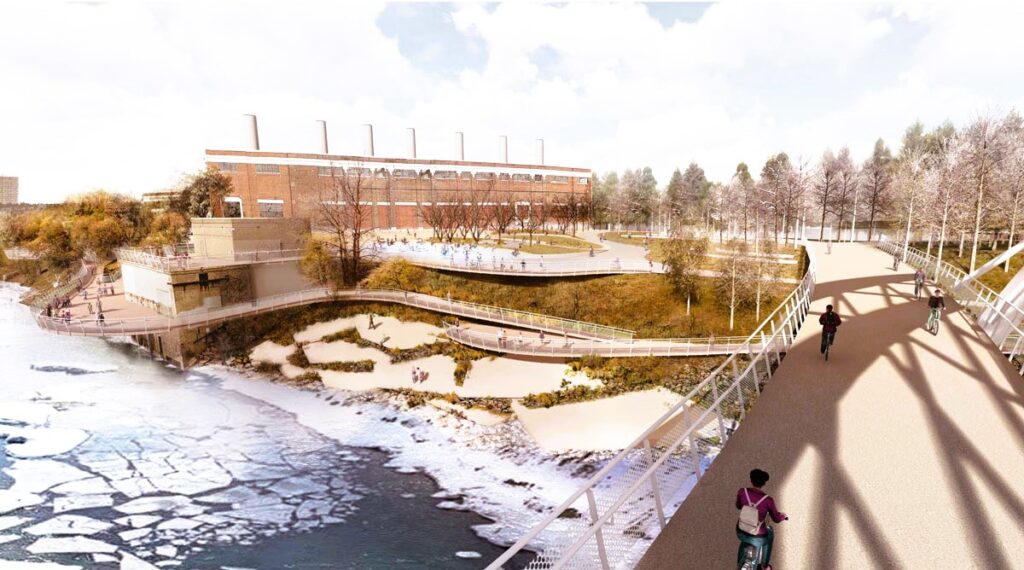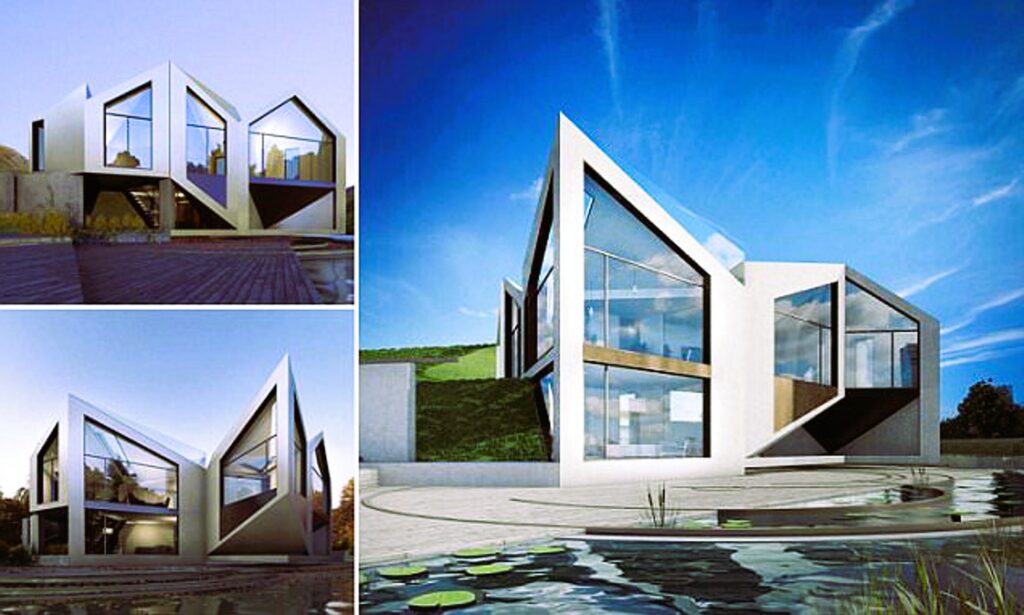Edmonton, the northernmost major city in North America, is not only celebrated for its rich cultural tapestry but also faces unique challenges posed by its harsh and diverse climate. The marriage between architecture and weather is particularly evident in this city, where the built environment must not only withstand extreme temperatures but also embrace sustainable design principles. In this exploration, we delve into the intricate relationship between architecture and Edmonton’s challenging climate, showcasing how innovative design adapts to and harmonizes with the weather.
Extreme Temperatures and Building Envelopes:
Edmonton experiences a continental climate, characterized by cold winters and warm summers. Architects in the city are challenged to create structures that effectively balance thermal insulation and ventilation. Building envelopes play a crucial role in regulating interior temperatures, ensuring energy efficiency, and providing comfort for residents. Designs often incorporate double-glazed windows, high-quality insulation, and smart ventilation systems to combat extreme temperature fluctuations.
Snow Loads and Structural Design:

The accumulation of snow during Edmonton’s winter months requires careful consideration in structural design. Architects must account for snow loads on roofs and ensure that buildings can withstand the weight. This necessity has led to innovative designs that encourage snow shedding, such as sloped roofs and strategic building orientations. The iconic Muttart Conservatory, with its pyramid-shaped structures, is an example of a design that not only minimizes snow buildup but also maximizes natural light exposure.
Wind Considerations and Urban Planning:
Edmonton’s location on the prairies exposes it to strong winds, especially during the winter. Urban planning and architectural design must account for wind patterns to create comfortable public spaces and pedestrian-friendly environments. Windbreaks, such as strategically placed buildings or landscaping features, are integrated into designs to mitigate the impact of harsh winds. This approach enhances the livability of outdoor spaces throughout the year.
Sustainable Practices for Energy Efficiency:
Edmonton’s commitment to sustainability is reflected in architectural designs that prioritize energy efficiency. The city experiences long daylight hours in summer and extended darkness in winter, providing an opportunity for architects to incorporate passive solar design principles. This includes optimizing window placement for solar gain, utilizing thermal mass for heat retention, and integrating renewable energy sources to reduce reliance on traditional heating systems. Did you like the article? Read also about the Edmonton River Valley.
River Valley Integration: Balancing Nature and Architecture:
Edmonton’s stunning River Valley, one of the largest urban park systems in North America, presents a unique opportunity for architects to integrate natural elements into their designs. Striking a balance between nature and architecture, structures along the riverbanks are often designed to provide panoramic views, utilize sustainable materials, and seamlessly blend with the surrounding environment. The Edmonton Convention Centre, with its green roof and river-facing terraces, exemplifies this harmonious integration.
Adaptable Spaces for Seasonal Changes:

Recognizing the dynamic nature of Edmonton’s climate, architects are increasingly designing adaptable spaces that cater to seasonal changes. This includes the creation of flexible indoor-outdoor spaces, such as covered patios and heated walkways, to encourage year-round use. The Ice District, a mixed-use development featuring the Rogers Place arena, demonstrates the incorporation of adaptable spaces that cater to both summer and winter activities.
Conclusion:
Edmonton’s architectural landscape is a testament to the delicate dance between design and climate. Architects in the city have not only risen to the challenge of Edmonton’s challenging weather but have also embraced it as an opportunity for innovative and sustainable design solutions. As the city continues to grow and evolve, the marriage of architecture and weather will remain a cornerstone in creating a resilient, comfortable, and visually striking urban environment.
For further exploration of the intersection between architecture and climate in Edmonton, consult reputable sources such as Wikipedia. These platforms provide comprehensive insights into the unique challenges and innovative solutions shaping Edmonton’s architectural landscape.
